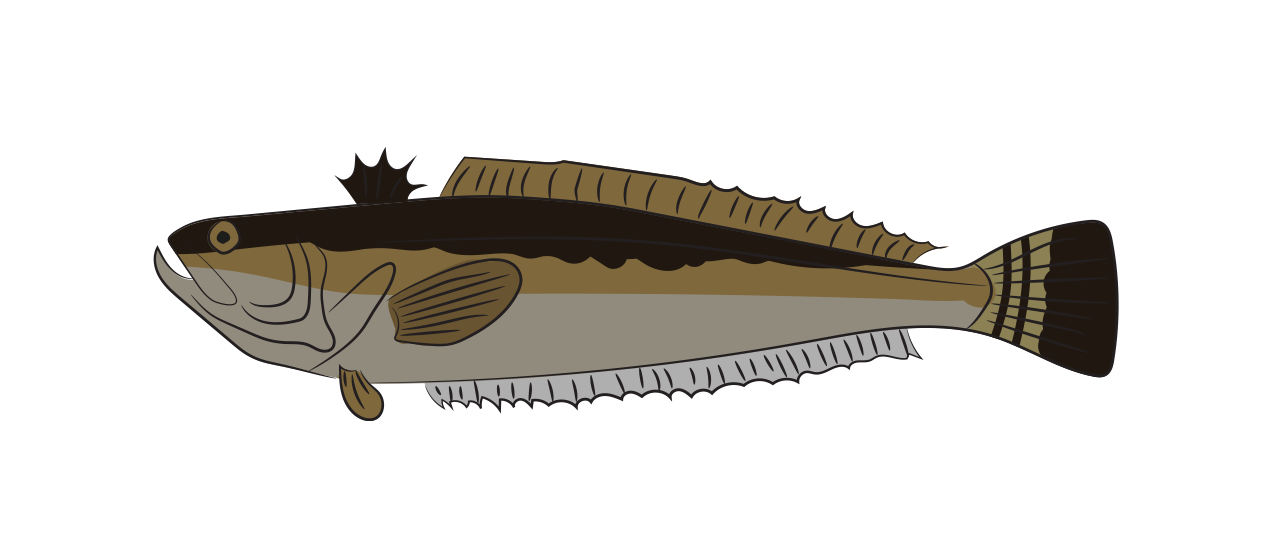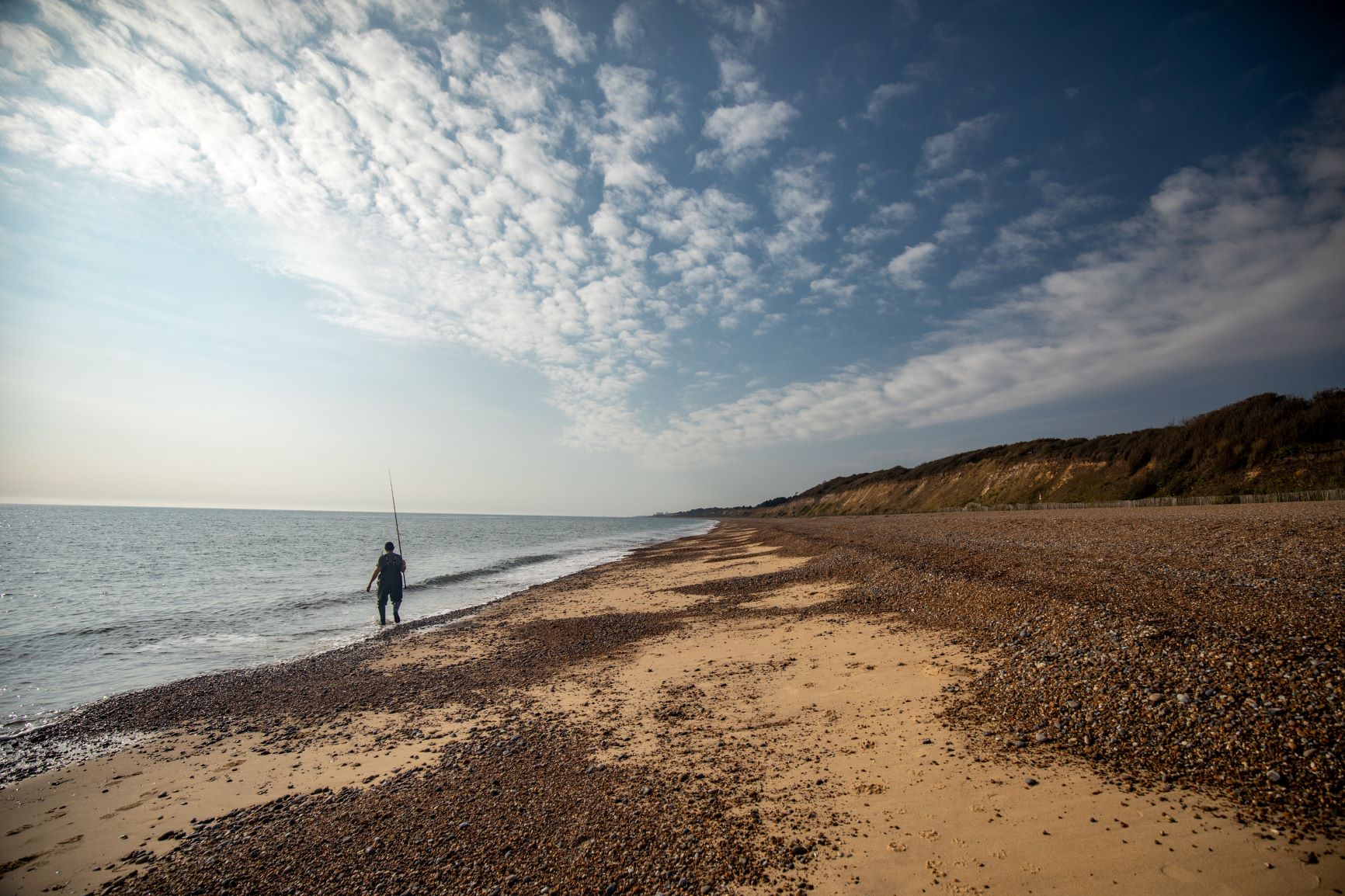Weever Fish| Fish Species Guide | Angling Direct

Weever Fish
aka Echiichthys vipera
As one of the 2 species of weever, the lesser weever fish is the smaller species but has a larger, upturned mouth. Found all around the UK, Ireland and part of Europe, over sandy and muddy seabeds, the lesser weever fish is most common in the summer months when it comes closest to the shore. It can be identified by its tapered body and silver colour with a yellowish-brown mottled pattern. Its eyes are found at the top of the head and the black dorsal fin and gill covers have venomous spikes.
The spelling 'weever' is derived from the Latin word for viper and the weever fish are one of the few poisonous fish in UK waters. They spend most of their lives buried in the sand, but when disturbed, they eject their black dorsal fin in defence, injecting a painful venum into unsuspecting victims.
Stats
Status
Habitat
Sea bottoms over sand or mud, usually buried partically to hide.
Bait
Daylights or feather lures, ragworm, prawn & mackerel strip.
Native or Invasive
Native
Where
Eastern Atlantic from the North Sea around the UK to Morocco and Madeira, and in the Mediterranean Sea.
 Catch Experience
Catch Experience
Video
Blog Highlight
Guide to Beach Fishing; Seasons & Tides
Fishing the UK waters from beach or boat is very different to coarse and carp fishing, the environment itself provides several challenges. When sea fishing it is important to consider seasons and tides, the time of year and position of the tide will...
Read More